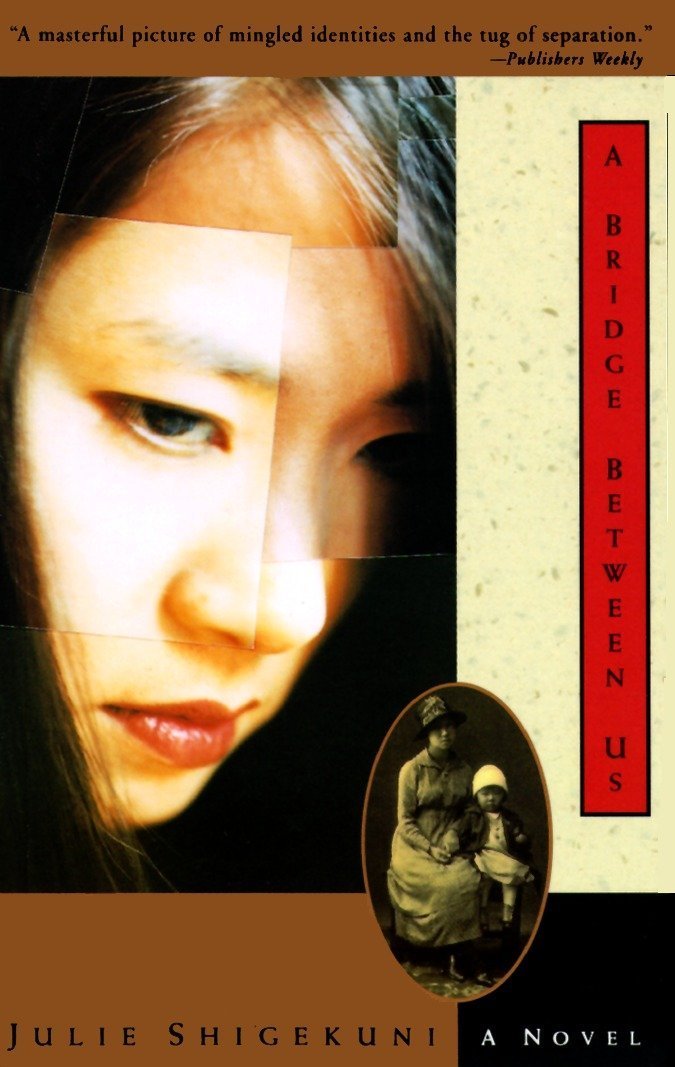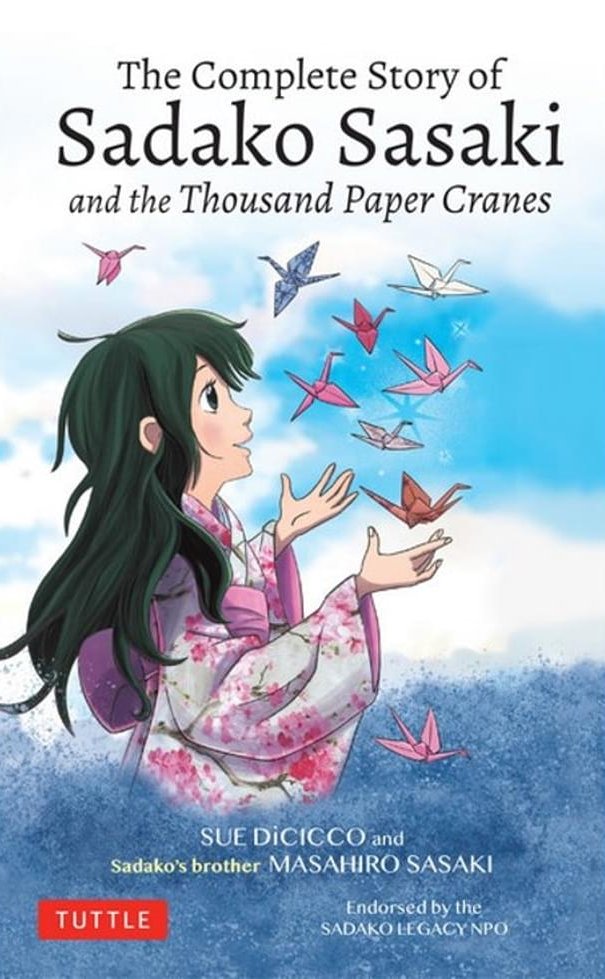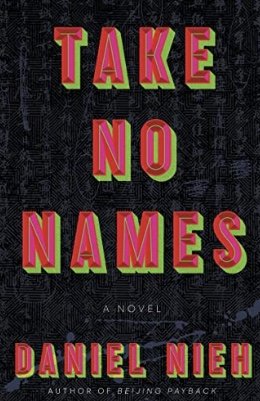Walking to Samarkand: The Great Silk Road from Persia to Central Asia by Bernard Ollivier, translated by Dab Golembski (Skyhorse Publishing)
The Turkish bus driver thought he had a madman on his hands when the French passenger of mature years asked to be let off on a deserted stretch of highway, fifteen minutes from any town. But Bernard Ollivier isn’t your typical lunatic; he’s touched by divine madness. Ten months earlier, he had succumbed to a violent case of dysentery that stopped him from traveling to Tehran on foot. Now he’s back to health and back on his journey, but this time around he’s going to walk to Samarkand.
When Ollivier became a widower, he submerged his grief in a grand plan. After completing a hike down the Santiago Trail, he decided he would walk the length of the Silk Road, from Istanbul to Xi’an. Now at the age of 62, he’s prepared to complete the second leg of this project and nobody’s going to stop him--not police, immigration officials, nor a dumbfounded bus driver. “I refuse to skip even one inch of this road,” he says, and except for one four-mile jaunt in a friendly Iranian’s jeep, Ollivier keeps his word.
With a portion of the first stage still to complete, he faces an additional 560 miles on top of the 1300 miles of his second trek. Afflicted with what he calls “reckless optimism” and what others might say is pure lunacy, Ollivier, aided with a generous supply of anti-diarrheal medication. is taking this stroll in the summer on a route that will lead him into three ferociously hot deserts. At this time of year, he discovers, the desert is even too hot for camels.
The amount of water Ollivier will need is far too much for him to carry but this man is ingenious. Cobbling together a basic cart from bits and pieces that he finds in local markets, off he goes, managing as much as thirty miles a day, under an “inexplicably blue sky.”
He rapidly falls in love with Iran, a country where people turn radiant with “the sheer joy of meeting a passing stranger.” This possibly saves his life, or at least his journey, because there are a scanty number of places where he can sleep or eat along the Silk Road route. Instead he’s met with hospitality that is culturally engrained and generously practiced. In addition to food and resting places, Ollivier is offered clandestine vodka, served warm, and puffs of opium. In Iran, smoking taryak is commonplace among laborers and is offered as a matter of course, and although he risks a flogging by accepting the vodka, he turns down the opium.
Instead water becomes his primary addiction; he drinks 12 liters in a matter of hours while making his way through the “fire pit” of the deserts. Facing temperatures that soar as high as 122 degrees Fahrenheit, he goes through a “baptism of solar fire,” learning to walk in the early and the evening hours, with a break between 1 and 4 in the afternoon. His skin is rubbed raw by his sweat-soaked clothing as he walks through sand “as soft as skin,” in “waves of shifting gold.”
“I’m getting high on walking,” he confesses and has to force himself to stop for the day. He finds that 6:00 pm is the hour of conversation in desert villages and the men who gather to chat at day’s end bring him into their circle, offering hospitality that is often wordless. When a translator is part of the scene, the questions can become unexpected. “Are your teeth your own,” Ollivier is asked by one elderly gentleman.
Ollivier loves Iran, “a welcome interlude of relative cleanliness” between the “pervasive filth” of Turkmenistan and Turkey. But. as a true Frenchman, he’s enchanted by one of his first sights in Turkmenistan, a girl with long blonde hair, wearing a miniskirt. “After three months of chadors, it’s a magical sight,” he admits. And he’s astounded when he reaches the Amu Darya, “not a river, it’s a sea…rushing between two barren banks.”
To cross it, there’s no bridge, only a string of linked barges with a narrow passageway for pedestrians, “more like a horizontal stairway than a bridge.” But soon after he reaches its end, Ollivier is at the Uzbekistan border where the officer in charge allows him entry with a jovial “OK. Go, boy!”
His goal is announced rather prosaically with “a concrete mushroom the size of a water tower,” a far cry from the turquoise-domed roofs Ollivier has dreamed of, but after four months and 1706 miles of walking, he’s not complaining. Samarkand ensnares him. He sleeps for two days, moving only from bed to table and back again, looking back on his “marvelous, extraordinary harvest of encounters.” He spends hours in the bazaars where sensory overload leaves him “wearier than if I had spent the entire day on the road.” “I could never,” he concludes, “have dreamt of a more exciting, exalting destination than this.”
Still the road beckons. In ten more months, Ollivier will set off on a 1600 mile journey that will take him to China, the Turfan Oasis in Xinjiang Province, the Taklamkan Desert, and into Kashgar. What if, he wonders, instead of educating, “travel actually ‘de-educated you,” by having you think and do things you never thought possible? It’s a de-education that Ollivier, with his humor and his stunning descriptive powers, makes unbelievably enticing. After he completes his four-volume account of his long walk, of which this book is the third, armchair travel will never be the same again.~Janet Brown








